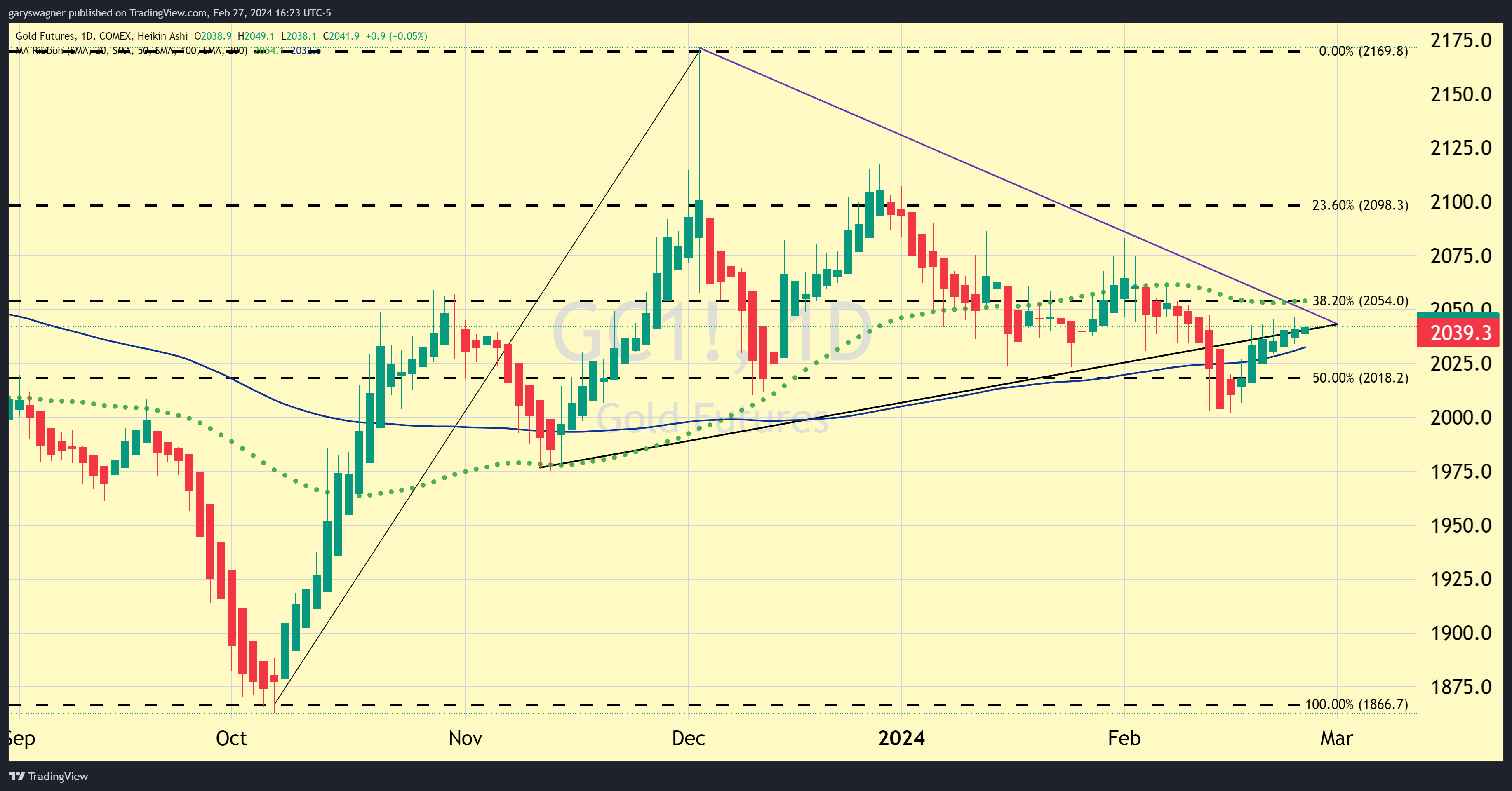Traditional financial correlations have evolved into a much more complex matrix

Video section is only available for
PREMIUM MEMBERS
After forty years working in the financial sector, I have witnessed many changes. One of the largest transformations has been the process of traders executing trades in stocks or commodities. Exchanges still provide the framework for specific requirements companies must meet to be listed on an exchange, liquidity, and guarantee of performance. However, the method in which traders transact a trade has dramatically evolved.
Evolution of Trading and the Impact of Inflation: A Gold Perspective
Exchange trading pits filled with traders representing brokerage houses using an open outcry system to buy or sell stocks or commodities has vanished completely. That process is evolved into an electronic exchange.
This dramatic evolution allows traders, and investors to electronically process and execute a trade globally, typically 24 hours a day from anywhere in the world as long as you are connected to the Internet.
Gold has traditionally acted as a hedge against inflation with a much simpler correlation to how gold reacts to a higher or lower levels of inflation. Currently an uptick in inflation will pressure the gold market. This is because the correlation between inflation and gold has to include the monetary policy of the Federal Reserve, where an uptick in inflation will prolong when the Fed implements its first rate cut this year, which is why in this case higher inflation has the opposite effect on Gold pricing a completely different correlation between these two variables.
On Thursday the government will release the PCE price index, the Fed’s preferred inflation gauge. Forecast for the upcoming report are indicating that inflation will increase to a larger degree than formerly anticipated. Multiple Fed officials have suggested that the US central bank is in no rush to cut rates. However, if Thursday’s report comes in higher than expected the Federal Reserve will certainly reevaluate their current their monetary policy.
This would send huge ripples throughout the financial markets that are anticipating rate cuts coming no later than June. If the report shows a strong increase in core inflation, they could even reopen discussions of rate hikes rather than rate cuts. The Federal Reserve’s actions are data dependent and a strong shift in the data would necessitate a redefinition of their current anticipated timeline for rate cuts this year.
Gold Prices Under Pressure: Fed Speeches and PCE Index Awaited

It is this concern that has been pressuring gold prices for the last couple of days. After Friday’s $18 gain in gold futures and $25 gain on the week, gold has trickled lower for the first two trading days of the week. Gold futures declined by $10 yesterday. As of 3:40 PM ET the April futures contract is currently trading near $2039 up $0.10 and near the low of the day $2038. Gold traded to a high of $2049 in early morning New York trading. This in response to dollar weakness and the rise of US treasury yields.
The wildcard is based on 10 Federal Reserve officials which are scheduled to speak this week. Recently market participants have been laser focused on the core PCE price index numbers that will come out on Thursday, but the attention will shift comments by upcoming speeches from 10 members of the Federal Reserve.
Wishing you as always good trading,

Gary S. Wagner - Executive Producer